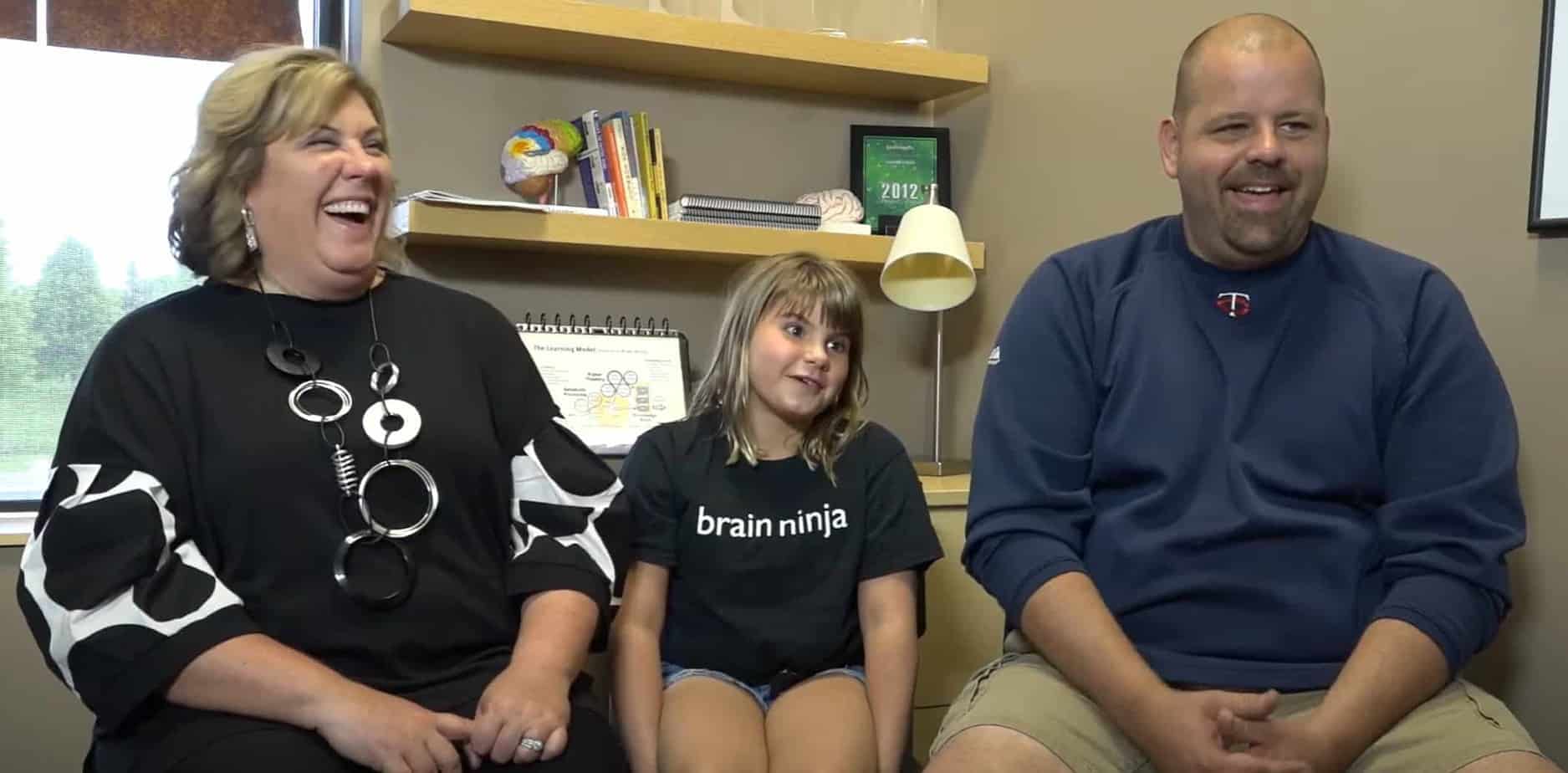Types of Learning Styles: Info for Parents in Staunton - Harrisonburg
Learning styles are often categorized and explained in the following way:
- Visual: You learn well when aided by images, pictures, and spatial organization of elements
- Auditory: You learn well when aided by music, sound, rhyme, rhythm, speaking or listening
- Reading/Writing: You learn well by reading or writing the material you want to learn
- Kinesthetic: You learn well when you can move your body, and/or use your hands and sense of touch. Writing or drawing diagrams are physical activities that can fall into this category as well.
These types of learning styles were identified by Dr. Neil Fleming in the late ’80s, and represent The VARK model of learning styles. Other educators and researchers have identified additional learning styles, with some models showing as many as 70 different styles.
Critics of the Learning Style Models
The idea of learning styles came about as a way of explaining a legitimate dilemma in the classroom, which is the fact that in the context of any given teaching style, curriculum, or effort, some students learn and some do not. This lead to the idea that there must be different ways of learning. Larry Spence, in his article “Getting Over Learning Styles,” explains: “Every teacher encounters students who seem to learn in unexpected ways. Every student sometimes gets stumped by methods that work for everybody else…Neuroscientists agree that every brain is unique—more singular in structure than DNA or fingerprints.”
Part of the criticism of learning styles has to do with the fact that we can’t say for sure what makes up individual learning styles of students. It may be a preference, but why? Is the driving factor biological? Psychological? Habit?
Contributing to the debate is research indicating that there is no real evidence showing that academic outcomes are improved when learning styles are accommodated in the classroom.

Learning Styles and Cognitive Strengths and Weaknesses
It’s possible that learning styles can be explained and understood by considering the key role played by cognitive strengths and weaknesses. Cognitive skills are the core skills the brain uses to think and learn, and explain why some students struggle to learn in various settings. Cognitive strengths and weaknesses can even explain learning style preferences.
Cognitive profiles vary greatly person-to-person. For example, look at the differences in these cognitive profiles:

Here we can see the cognitive performance of three different students, in the areas of memory, visual processing, logic & reasoning, processing speed, auditory processing and word attack (two skills that are critical for reading success).
Cognitive Skills and Brain Training
Cognitive training, also known as brain training, is a method by which cognitive weaknesses can be strengthened. Brain training, when done one-on-one with a trainer, uses intense mental exercise to target and strengthen skills that aren’t performing as well as desired.
In the chart below, you can see the improvements that brain training made in the cognitive performance of 21,974 children and adults. The scores are represented in percentiles, which show where someone ranks compared to 100 of their peers.

*These are the results of past clients. To learn more about brain training results, visit our results and download the full report.
If you or someone you love is struggling with learning, reading, attention, or memory, you can at least find out why. The first step is to take a Cognitive Skills Assessment to identify weak cognitive skills. If weak cognitive skills are at the root of struggles with learning or life, brain training may offer the solution you’re looking for.
Schedule a cognitive skills assessment at a LearningRx Brain Training Center near you to get started.








